Once the flight conditions the airplane will operate at have been defined, and the designer knows what lift coefficient to optimize the airfoil choice at, it’s time to consider what type of airfoil to use.
Airfoils break down into two general classes based on the behavior of the boundary layer, which is the thin layer of air right next to the surface of the wing.
Laminar-Flow Airfoils
Laminar boundary layers flow more smoothly over the skin than turbulent boundary layers. They produce significantly less skin friction drag than turbulent boundary layers. Airfoils designed to sustain laminar flow can have much lower parasite drag than turbulent-flow airfoils. The best laminar airfoils can have drag levels of about half that of airfoils with full-chord turbulent boundary layers.
This drag reduction is not easy to achieve. Attempting it imposes some significant requirements and restrictions on the airplane.
Laminar boundary layers are very sensitive and easily “tripped” into becoming turbulent. Both the surface condition and the shape of the wing are critical to maintaining laminar flow.
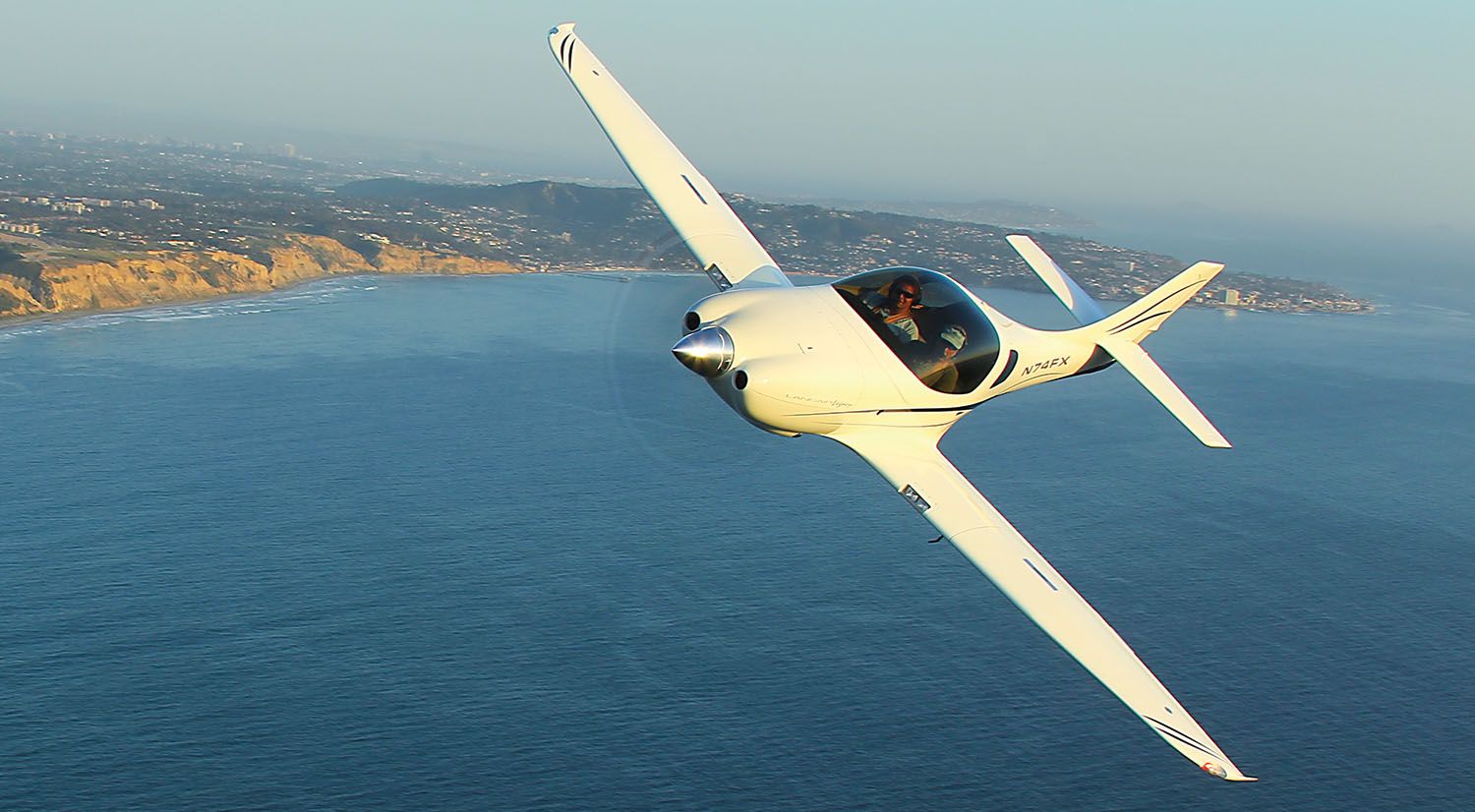
Surface Condition
In order to sustain laminar flow, the surface of the wing skin must be smooth. Any significant roughness will lead to premature transition to a turbulent boundary layer.
Laminar flow will also be tripped by any significant step protrusion or discontinuity in the skin. This means it will not tolerate lap joints between metal skins or any skin joint that is not completely filled and faired. There have been cases where a spanwise paint stripe was enough to trip the boundary layer.
Protrusions and Contamination
Any obstacle to the flow will trip the boundary layer. This means that the wing skin must be entirely free of protruding fastener heads or other similar features in the portion of the chord where laminar flow is expected.
This sensitivity to protrusions also gives rise to one of the most serious considerations about using laminar-flow airfoils: The wing must be perfectly smooth. Contamination from dirt, bug strikes, water during flight in rain or even a very small amount of ice will trip the boundary layer and laminar flow will be lost.
This sensitivity to contamination requires the designer to consider two things:
First, is it reasonable to expect that the operator of the airplane can/will keep it clean enough so that the airplane is in a condition to have laminar flow in the wing when it is dispatched? Keeping the wings clean is a significant task. An airplane operated in dirty conditions or that is stored outdoors on a tie-down is not likely to be kept as clean as needed.
Second, can the airplane successfully complete its mission if the wing becomes contaminated in flight? Even if the airplane is perfectly clean when it takes off, bugs, rain or light icing can cause a loss of laminar flow.
Two things become important here. Most importantly, the airplane must retain safe flying qualities with a contaminated wing. Some extreme laminar-flow airfoils experience large losses of lift when the wing gets dirty.
This was a problem with some canard airplanes that used laminar-flow high-lift airfoils on the foreplane. Flying into even light rain caused a significant loss of lift on the foreplane, causing the airplane to nose down and require large up-elevator deflections to maintain level flight. Not all laminar-flow section have this problem, but it must be considered in design.
Even if flying qualities are not adversely affected, losing laminar flow causes a significant increase in drag. The airplane will fly slower and its range will decrease. The designer must ensure that the airplane has sufficient fuel reserves to fly the full mission distance with this extra drag. Having to make an emergency divert into an alternate airport due to low fuel if the airplane flies through a few bugs or rain is not acceptable.
Shape Tolerances
Laminar flow requires that the airfoil maintain its shape to relatively tight tolerances. If the wing skin has any waviness or bumps, it’s likely that laminar flow will be lost.
This means that the skins of a laminar-flow wing must be formed to close tolerances and be quite stiff. No oil canning, waviness or sagging of the skin like on fabric-covered wings is acceptable.
In practice this means that the wing will be heavier than one with a turbulent-flow airfoil and will probably have composite skins. Some successful laminar-flow wings have been made with metal skins, but the amount of effort and weight needed to get the required surface condition and shape accuracy is very large.
Interestingly, there are some production light planes that use older NACA wing sections designed for laminar flow but have relatively standard metal-wing structures. These airplanes do not have laminar flow on their wings in normal operations, but use these airfoils for a different reason.
Typical laminar-flow airfoils have their maximum thickness farther aft than turbulent-flow sections. The designer of the low-wing airplane I am referring to used this characteristic to move the main spar aft in the wing, which allowed the spar to carry through the fuselage aft of the front seats, rather than beneath them. The benefit from this was large enough that even though the wing does not have good enough surface quality for laminar flow it, was worth using that type of airfoil to improve the structural integration of the configuration.
Turbulent-Flow Airfoils
Turbulent boundary layers are more energetic than laminar boundary layers. This means they produce more drag than laminar boundary layers but are also much more resistant to flow separation.
Airfoils that have a full-chord turbulent boundary layer flow have higher drag, but are much less sensitive to surface condition, shape distortion, waviness and contamination like dirt and bugs.
This means that they are compatible with construction techniques and materials that cannot maintain the strict tolerances required for laminar flow. Accordingly, turbulent-flow airfoils are used on almost all metal and fabric-covered wings, particularly those with lap joints between the skins and/or fasteners with heads that protrude above the wing surface.
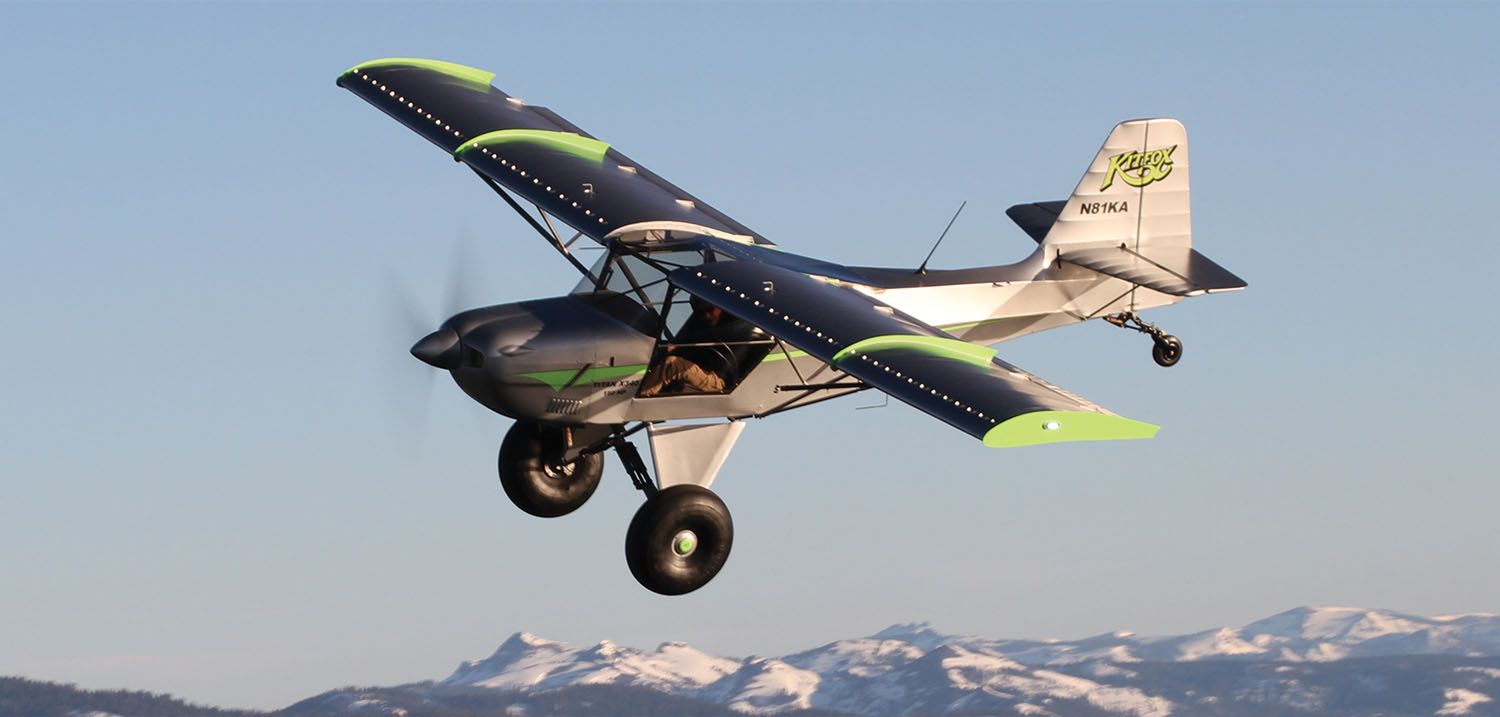
The Choice
The choice for the airplane designer comes down to how important the parasite drag of the wing is in the overall mission performance of the airplane and whether or not the materials and manufacturing processes used to build the airplane are compatible with maintaining the conditions for laminar flow.
The designer must also consider the environment the airplane will operate in and how it will be maintained to determine if it is reasonable to expect that the wings will remain clean and contamination-free enough to sustain laminar flow on a regular basis.
It’s tempting to choose a laminar-flow airfoil with the idea that if laminar flow is achieved the drag will be low, and if the flow becomes turbulent it’s no worse than if a turbulent-flow airfoil was used initially.
Unfortunately, this is not true.
A laminar-flow airfoil’s aerodynamics degrade significantly if the flow is tripped to turbulent. Also, most laminar airfoils have lower maximum lift than turbulent-flow airfoils even when they are clean.
A laminar-flow airfoil flying with the boundary layer tripped to turbulent will have generally worse characteristics than a good turbulent-flow airfoil. Not only will its drag be at least as high as the turbulent airfoil, but it will usually have a lower maximum lift and hence a higher stall speed.
This forces the designer to choose the airfoil type at the beginning of the design. One should not simply choose a laminar-flow airfoil in the hope that some drag benefit may happen.
Laminar-flow airfoils offer a significant reduction in drag provided the airplane can be kept clean and free of surface contamination. Using a laminar-flow airfoil imposes significant additional surface tolerance requirements, which make tooling more expensive and require the wing skins to be stiffer and likely heavier.
In general, trying for the drag reduction of laminar flow is worthwhile for fast cross-country airplanes and airplanes where extremely high L/D (like sailplanes) is needed to perform their mission.
For airplanes where absolute maximum performance is not a primary consideration or the environment is likely to be dirty (like trainers, sport airplanes, bush planes, etc.) the more forgiving turbulent-flow class of airfoils is preferred.










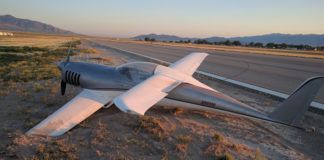
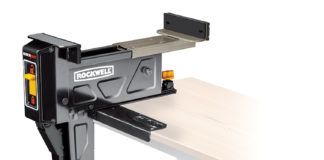
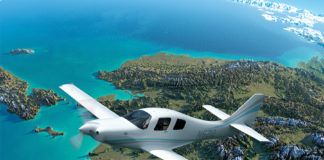
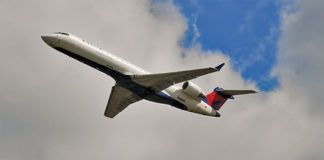
Nice article. Nail on the head … as always. Thanks, Barnaby!
I seem to recall hearing that it is fairly easy to maintain laminar flow up to about 25% of chord, or nearly to the point of maximum wing thickness. If this “trip line” can be held fairly steady, perhaps to a seam or to a line of rivets, it would offer a “partial benefit” of laminar flow. Have you any thoughts on this concept?
I’m pretty sure a lot of high performance gliders use ‘turbulator tape’ placed at some point on the wing to ‘trip’ the boundary layer into turbulence at the desired point. (I could most definitely be wrong so anybody please correct me)